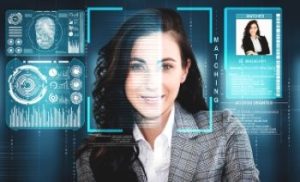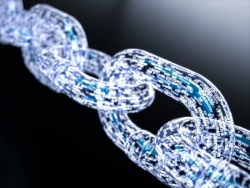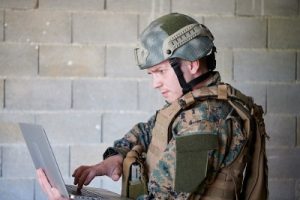
Biometrics are more than facial recognition. Biometrics include all types of biological markers that can be used for identification. Fingerprints pre-date the use of facial recognition and today the practice continues to evolve to use other biological data for a wide variety of use cases.
Tapping into wearable data for first responder safety
The Department of Homeland Security recently funded several startups that have developed innovative monitoring technologies that can be used to protect the health, safety and mental well being of police officers, firefighters, and other emergency responders. These solutions include: Continue reading



 The
The  Digital twins
Digital twins
